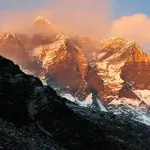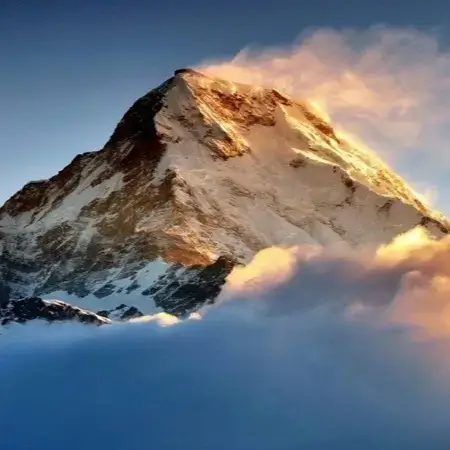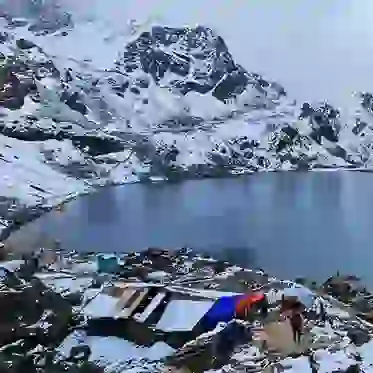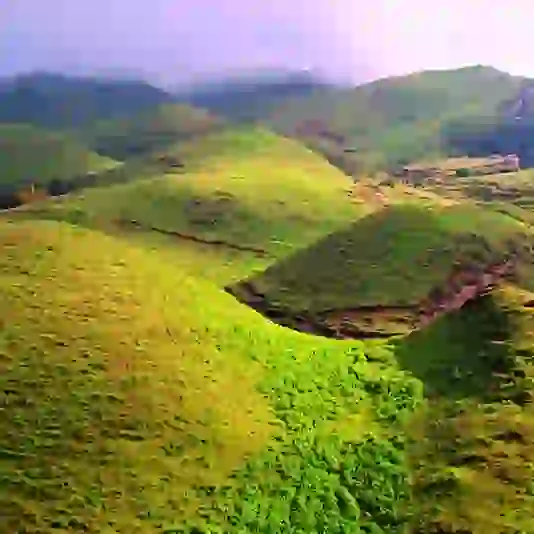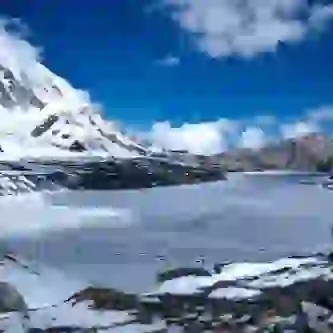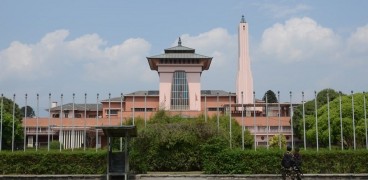Where is Mount Everest Located?
Introduction
Mount Everest, the highest summit above mean sea level, soars to 8,848.86 meters; it is the most towering monument to human effort and adventure. Located in the lap of majestic Himalayas, its stretch sprawls across the borders of Nepal and Tibet that constitute a part of the autonomous region of China. This peak invites adventurers, mountaineers, and explorers worldwide to its elevation of about 8,848.86 meters above mean sea level.
Geographical Location
While the massive massif of ever Mount Everest has uniquely formed between Nepal and Tibet, it covers about two-thirds of Nepal's district Solukhumbu, from where scholars know the famous South Base Camp, a carrier destination for those making their first attempt at the mountain from the Nepalese factor. The remaining one-third of the population belongs to the Tibet Autonomous Region, China, where a very different perspective with an alternative route is found, the North Base Camp.
Exact Coordinates
The precise location of Mount Everest on map can be pinpointed at:
- Latitude: 27°59′17″N
- Longitude: 86°55′31″E
South Base Camp: Nepal Side ( Everest Base Camp Trek)
The South Base Camp also popular among trekkers around the world with the name Everest Base Camp is located in the Solukhumbu District of Nepal and is the central hub of Everest's southern approach. During its peak season, from March to May, this camp is abuzz with activity as climbers and trekkers prepare to conquer the mountain. Each year visitors from around the world trek or ride a helicopter to witness the majestic and mighty Mount Everest (Sagarmatha).
If you are planning for an adventurous and peaceful trip to Nepal with your family, friends and loved ones, Hop Nepal will help you get what you deserve by taking you to the lap of world's highest peak. It serves as the launch point for ascents up Everest and constitutes a rich tapestry of culture that informs trekkers about Sherpa heritage while providing the services necessary for adventurers.
You can either book a helicopter ride to Everest Base Camp (EBC) or Plan a beautiful trekking journey at Hop Nepal. You have the choice.
Our Hop Nepal packages cater to trekkers' preferences and budgets, targeting South Base Camp and beyond.
North Base Camp: Tibet Side
The North Base Camp, on the Tibetan turf, offers quite a different experience than that of its southern counterpart. Although technically located in the Tibet Autonomous Region of China, reaching this base camp is a questionable peradventure because there are strict Chinese regulations regarding acclimatization periods and getting permits way ahead. This otherwise logistically challenging camp offers a far quieter and less crowded route to Everest's peak, offering climbers an unchanged perspective of the mountain's northern face.
Climbing Routes
Quite a few routes up Mount Everest are dangerous, and each one has a hard time for climbers. The two most popular routes are via the South Col from Nepal and the North Col from Tibet. These routes become notorious for hazardous landscapes, unpredictable weather conditions, and the debilitating effects of high altitude. One needs to be physically fit and mentally strong, with meticulous planning, to negotiate demanding paths.
Cultural Significance
Besides its physical grandeur, Mount Everest has enormous cultural value for Nepalese and Tibetan peoples. Under different names in Nepali (Sagarmatha) and in Tibetan(Chomolungma) the mountain is considered holy and of immense spiritual importance to people.
Sagarmatha is formed from two words: 'Sagar', representing Sky, and 'Matha', representing forehead. Sagarmatha represents the forehead of the Goddess Sky, which provides a sense of pride for Nepali people.
It forms part of their cultural identity that displays strength against natural forces, symbolizing the spirit of adventure and discovery so close to these local communities.
Environmental Considerations
Also, the interest in Mount Everest as a summit venue has brought about concerns regarding environmental conservation. The region surrounding Everest consists of unique biodiversity and hosts delicate ecosystems threatened by the effects of tourism and climbing activities. Attempts are being made to maintain sustainable tourism practices, protect the natural environment, and still allow adventurers to experience the beauty of Everest.
Local Communities and Tourism
Interest in Mount Everest goes beyond the physical challenge and cultural significance to the local communities in Nepal and Tibet. Tourism-based activities on Everest provide critical economic livelihood opportunities for Sherpa communities in Nepal and Tibetan communities in Tibet. These communities are engaged in various activities meant to sustain climbers through logistics, guiding services, hospitality, and other value additions that enhance visitors' experience in the region.
Conclusion
Mount Everest symbolizes more than a geographical feature; it represents the unconquerable human spirit of exploration, reaching, and making goals. Viewed from either the vivacious South Base Camp in Nepal or the sedate North Base Camp in Tibet, Everest still holds power to enthral and puzzle every soul that dares to stretch out toward its peak. It is the pinnacle of human resilience and part of the cultural heritage that inspires adventurers and is in the pride of Nepalese and Tibetan peoples alike.
Mount Everest evokes the vision of a dual identity straddling Nepal and Tibet, strands of reverence soaked in culture, and the lifetime adventure. As we continue doing so in this grand exploratory framework, we also immediately adopt the responsibility for preserving its natural beauty and cultural significance to be experienced and cherished by posterity.




